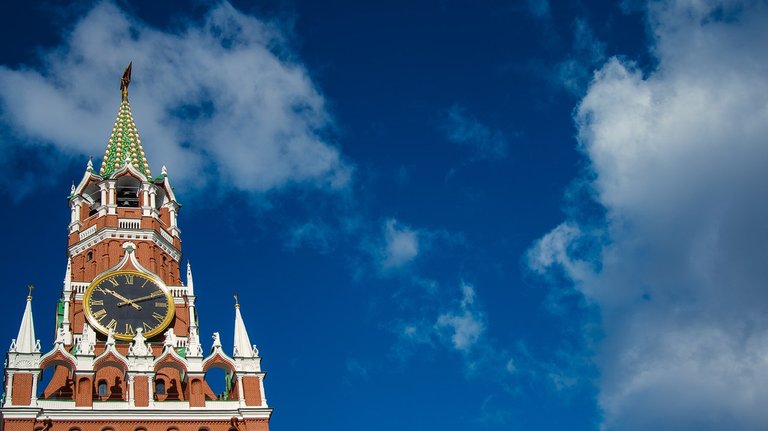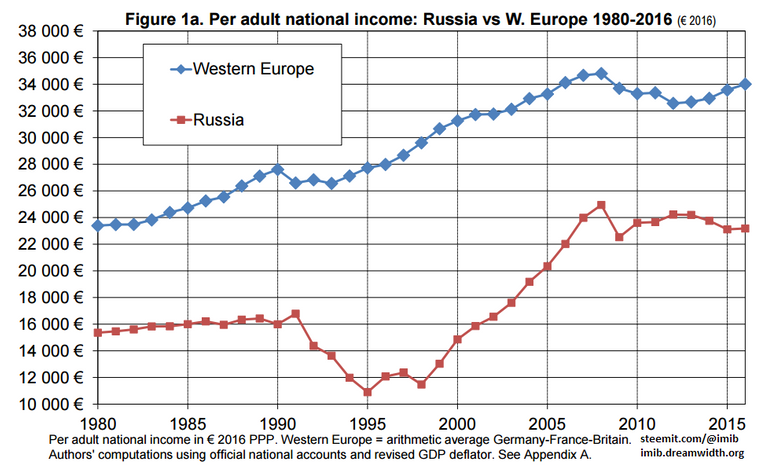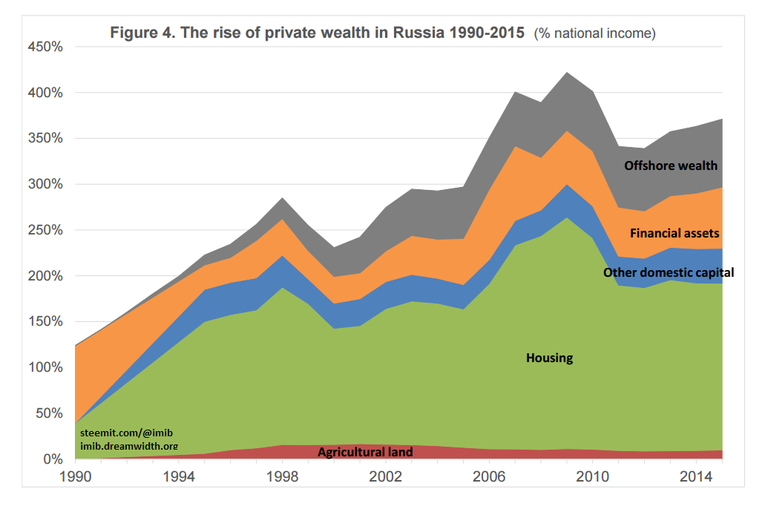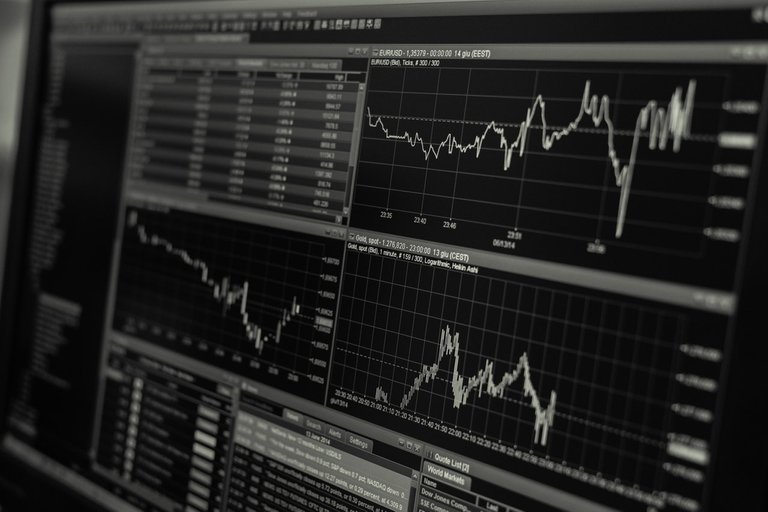Image Credit
Co-authored with Gabriel Zucman, 
Russia has undergone a dramatic economic and political transformation since the fall of the Soviet Union in 1990-1991.
Gross domestic product fell abruptly in 1992-1995, while inflation skyrocketed. GDP started to recover in 1998-1999 and a decade of robust growth followed. The world financial crisis and the fall in oil prices interrupted this process in 2008-2009. Growth has been sluggish since then, and the level of economic activity fell again in 2014-2015, partly due to international sanctions. However, and despite the inherent difficulties in comparing GDP between Soviet and post-Soviet periods, there is little doubt that average incomes are significantly higher today than in 1989-1990.
According to the estimates reported on Figure 1a, per adult national income has increased by about 40% between 1989 and 2016, from slightly more than 16 000€ at the end of the Soviet period to almost 24 000€ in recent years (both expressed in 2016 euros using purchasing power parity exchange rates). If we compare Russia’s per adult national income to the Western European average—here defined as the simple arithmetic average of Germany, France and Britain—we find that the gap between Russia and Western Europe has narrowed a bit. Russian living standards were about 60-65% of the Western European average in 1989-1990, and reached about 70-75% by the mid-2010s.
Now we present our main results regarding the evolution of aggregate private and public wealth in Russia since the fall of the Soviet Union. The first major change that occurred between 1990 and 2015 is of course the transition from communism to capitalism, i.e., from public to private property.
The general evolution of national, public and private wealth.
According to our benchmark estimates, net national wealth amounted to slightly more than 400% of national income in 1990, including about 300% for net public wealth (roughly three quarters) and little more than 100% for net private wealth (one quarter). In 2015, the proportions are basically reversed: net national wealth amounts to 450% of national income, including more than 350% for net private wealth and less than 100% for net public wealth. The dramatic fall in net public wealth happened in a couple of years only, between 1990 and 1995, following the socalled shock therapy and voucher privatization strategy (One key argument behind the shock therapy doctrine was that rapid privatization would prevent any possible return to public property and communism. See, e.g., Boycko, Shleifer and Vishny (1995)).

It is also worth noting that aggregate national wealth first fell relatively to national income between 1990 and 1999, from over 400% of national income to about 300%, i.e., aggregate national wealth fell even more than national income. It then rose very significantly between 1999 and 2008-2009, reaching about 550% of national income. This peak corresponds to a very large rise of Russian stock market prices and housing prices during this decade. Asset prices fell in the aftermath of the financial crisis, and aggregate national wealth is back to about 450% of national income in 2015, a level that is only slightly higher than in 1990. The major transformation during the 1990-2015 is the shift from public to private property, while the aggregate value of national wealth has remained roughly constant.
In order to better understand the processes at work, it is critical to look separately at the different asset categories. We start with the rise of private wealth. One key finding is the critical role played by housing. Other domestic capital (mostly consisting of unincorporated businesses owned directly by households) and agricultural land (which was also largely privatized during the 1990s) increased over time, but these assets played a relatively limited role as compared to the rise of private housing, which increased from less than 50% of national income in 1990 to 250% of national income in 2008-2009 (at the peak of the housing bubble), down to about 200% of national income by 2015. In addition to real estate price movements, the gradual rise of private housing between 1990 and 2015 can be accounted for by the fact that housing privatization happened in a more continuous manner than the voucher privatization method used for companies. Tenants were typically given the right to purchase their housing unit at a relatively low price, but they did not need to exercise this right immediately. Due to various economic, political and psychological factors, many Russian households waited until the late 1990s and even the 2000s to exercise this right. (Some were concerned about the possible maintenance costs associated to private ownership (while under public housing ownership maintenance work was taken care of by public authorities). Others were concerned about a possible political downturn (the presidential election of 1996 was won by Yeltsin with a 54% margin against communist party leader Zyuganov).
What is particularly striking is the very low level of recorded financial assets owned by Russian households (as measured by official Rosbank financial balance sheets). Household financial assets have always been less than 70-80% of national income throughout the 1990-2015 period, and they have often been less than 50% of national income (e.g. as little as 20-30% of national income in the late 1990s and early 2000s. Household debt (which is relatively small in Russia – less than 20% of national income ).
In effect, it is as if the privatization of Russian companies did not lead to any significant long-run rise in the value of household financial assets, in spite of the fact that it is now possible to own financial shares in Russian firms, which seems especially paradoxical.
The initial decline in financial assets was predictable. Back in 1990, household financial assets (which at the time mostly consisted of saving accounts) amounted to about 70-80% of national income. Unsurprisingly, these Soviet-era savings were literally wiped out by the hyper-inflation of the early 1990s. The consumer price index was multiplied by nearly 5000 between 1990 and 1996, with annual inflation rates of the order of 150% in 1991, 1500% in 1992, 900% in 1993, 300% in 1994 and 150% in 1995. The new ruble – worth 1000 old rubles – was introduced in 1998, and inflation stabilized at about 20-30% per year on average between 1996 and 2006. Given the enormous inflation of the 1991-1995 period, Soviet-era savings were worth close to nothing by the late 1990s.
What is more surprising is why the new financial assets that were accumulated by Russian households during the 1990s – in particular through voucher privatization – did not compensate for this loss. Of course, when vouchers were first introduced in 1992-1993, it was very difficult for Russian households to know what to do with these new financial instruments and to put a price on them. More generally, one can argue that in the chaotic monetary and political context of the 1990s it is not too surprising that the market value of household financial assets remained relatively low until the mid to late 1990s. What is more difficult to understand is why such extremely low valuations persisted well after. In particular, in spite of the spectacular Russian stock market boom that occurred between 1998 and 2008, it is striking to see that total financial assets recorded as owned by Russian households amounted to little more than 70% of national income in 2008, i.e. less than the level observed in 1990.
In our view, the main explanation for this paradox is the fact that a small subset of Russian households own very substantial offshore wealth, i.e., unrecorded financial assets in offshore centers. According to our benchmark estimates, offshore wealth has gradually increased between 1990 and 2015, and represents about 75% of national income by 2015, i.e., roughly as much as the recorded financial assets of Russian households. By definition, offshore assets are difficult to estimate, and we certainly do not pretend that our benchmark estimates are perfectly precise. But the orders of magnitude seem to be reasonable, and if anything may be somewhat under-estimated.
In next part we turn to a more detailed presentation of the construction of these offshore wealth estimates.
To be continued...
P.S.
Follow, Resteem and VOTE UP @imib

That is a really great research synopsis! It's something I've wondered about since the reports of financial misery post the fall of the wall. I appreciate seeing a write-up of the perspective over the full time during and since then. Thanks!
I also thank you warmly for your initial kind remarks on this research.
Congratulations @imib! You have completed some achievement on Steemit and have been rewarded with new badge(s) :
Click on any badge to view your own Board of Honor on SteemitBoard.
For more information about SteemitBoard, click here
If you no longer want to receive notifications, reply to this comment with the word
STOP@mrainp420 has voted on behalf of @minnowpond. If you would like to recieve upvotes from minnowponds team on all your posts, simply FOLLOW @minnowpond.
To receive an upvote send 0.25 SBD to @minnowpond with your posts url as the memo To receive an reSteem send 0.75 SBD to @minnowpond with your posts url as the memo To receive an upvote and a reSteem send 1.00SBD to @minnowpond with your posts url as the memo